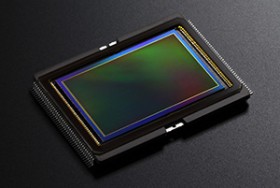A l’époque de l'argentique j'utilisais majoritairement des pellicules négatif. J'étais assez raisonnable sur le nombre de pellicule que j'utilisais, car c'était toujours assez frustrant de constater qu'une partie des photos n'auraient pas mérité d'être tirées sur papier : mal exposées, mal cadrées, bougées,...
Pour les photos les plus réussies et que je faisais agrandir, je constatais, bien souvent, une dérive des couleurs par rapport au tirage original.
Ensuite est arrivé le numérique avec ses vertus pédagogiques et sa souplesse d'utilisation (visualisation immédiate des photos, multiplication des essais pour arriver au résultat escompté, mémorisation des données techniques, format RAW pour des traitements logiciel ultérieurs,...).
Et s'est à nouveau posé le problème d'un tirage de qualité pour profiter pleinement de mes plus belles images.
Après différents essais avec différents sites photos sur le Web, un ami photographe m'a conseillé l'entreprise Saal Digital. J'ai eu l'occasion de les rencontrer au Salon de la Photo de Paris en 2015 et ils m'ont fourni un ensemble d'échantillons de leurs tirages papier (y compris FineArt) et de leurs tableaux photos.(...)


 Thus, we will try to turn up the gain as much as possible in order to have the best quality of recorded sound. With this operation, we aim an optimal signal amplification with as less noise as possible (the best S/N ratio).
Thus, we will try to turn up the gain as much as possible in order to have the best quality of recorded sound. With this operation, we aim an optimal signal amplification with as less noise as possible (the best S/N ratio).





